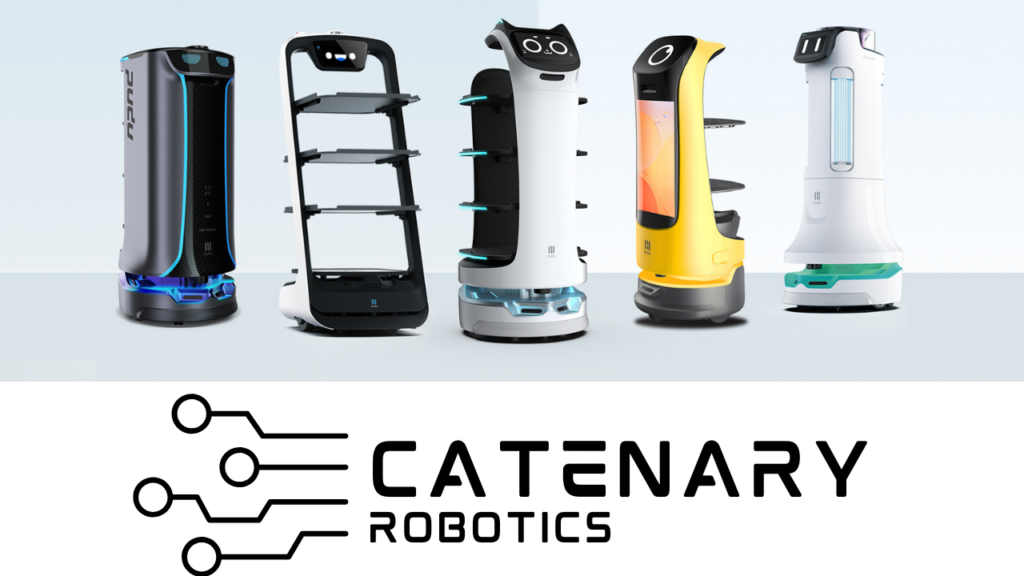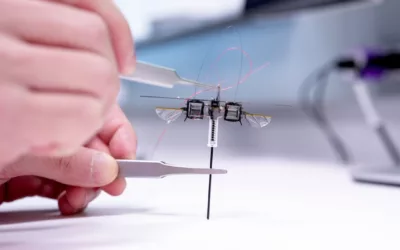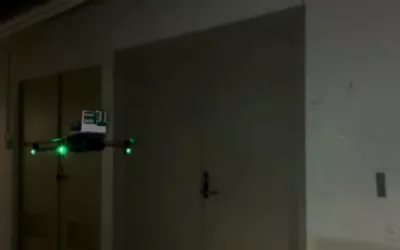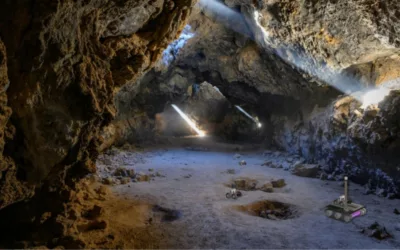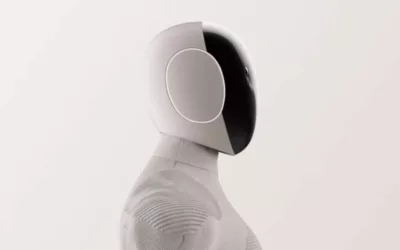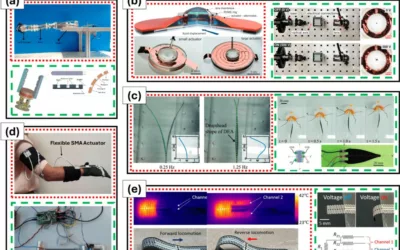The University of Sheffield researchers have made an advancement in robotics technology, paving the way for remote medical treatment in high-risk emergency environments. Leveraging medical telexistence (MediTel) technology, the team from the Advanced Manufacturing Research Center (AMRC), Sheffield Robotics, and the Department of Automatic Control and Systems Engineering successfully developed a mobile, robotic-controlled uncrewed ground vehicle (UGV) with virtual reality (VR) capabilities. The robot enables medics and operators to assess critical casualties in hazardous situations remotely, facilitating a remote triage while ensuring their own safety.
The fully integrated medical telexistence solution was developed within a swift nine-month timeframe. It has two robotic arms, allowing efficient remote operation of medical tools for a critical initial assessment of casualties within just 20 minutes. This includes temperature, blood pressure, and heart rate checks, palpation of the abdomen, and administration of pain relief through an auto-injector, all while streaming real-time data to the remote operator.
Heading the project were David King, Head of Digital Design at AMRC, and Sanja Dogramadzi, Professor of Medical Robotics and Intelligent Health Technologies at the University’s Department of Automatic Control and Systems Engineering, and Director of Sheffield Robotics.
Funding for MediTel came from the Defense and Security Accelerator (DASA), on behalf of joint funders, the Defense Science and Technology Laboratory (Dstl), and the Nuclear Decommissioning Authority (NDA), as part of a competition for novel telexistence technologies. Dr. Nicky Armstrong, technical lead at Dstl, emphasized the potential of telexistence technologies to protect end users from harm and rapidly deploy specialists as needed in defense and security environments.
During the project, AMRC utilized its expertise to design and create a prototype of the UGV and integrated the overall MediTel system, while the Department of Automatic Control and Systems Engineering spearheaded the development of the robotics controls. Rigorous lab and field testing confirmed the UGV’s ability to assess and triage casualties successfully.
Looking to the future, the team aims to build on MediTel’s success by seeking additional funding and partnerships to fully realize the potential of medical telexistence technology in revolutionizing how people can be medically triaged during unsafe and dangerous incidents.


